Becoming a learning enterprise is a culture-change journey
CLO Magazine
FEBRUARY 18, 2020
Yet top-down power relationships, decision-making and attitudes toward failure still exude “traditional enterprise.”. Amid the traditional, something new is trying to emerge — an enterprise that is more fluid and agile, ecological, innovative and quick to recognize and mine insights from problems. Not Just an Add-On.






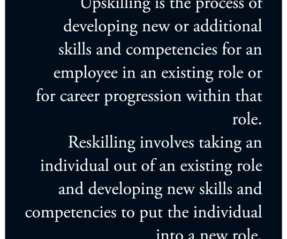




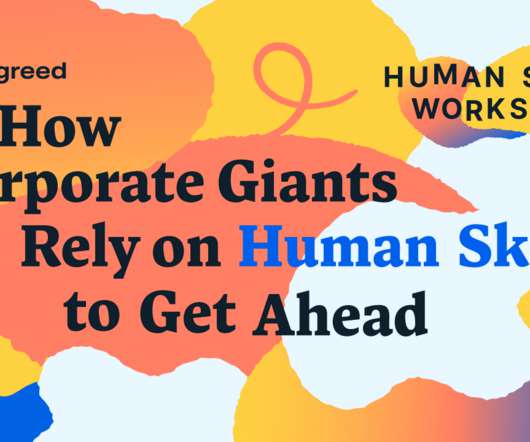
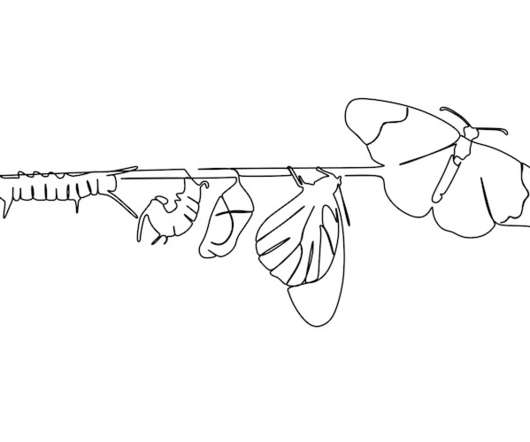
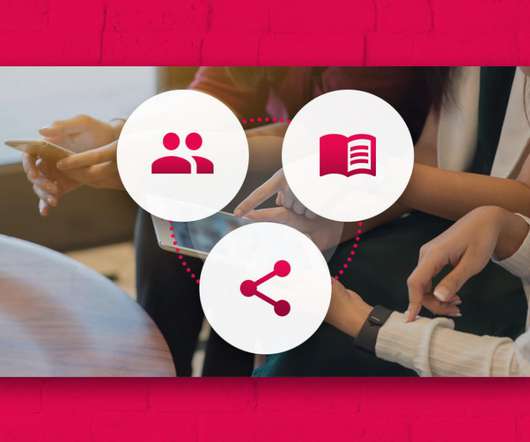



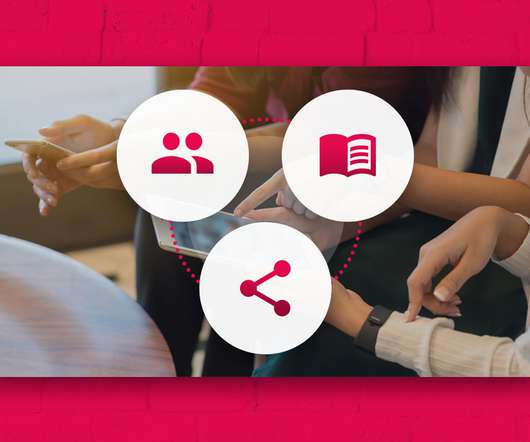




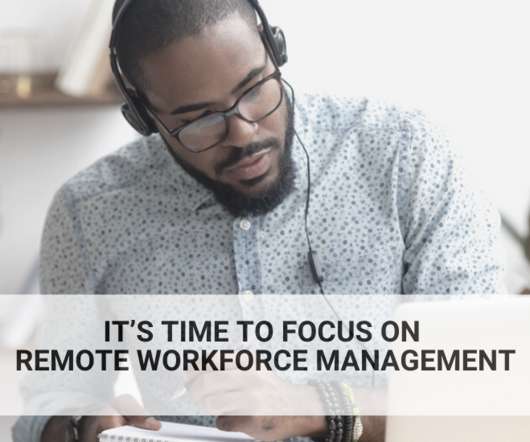







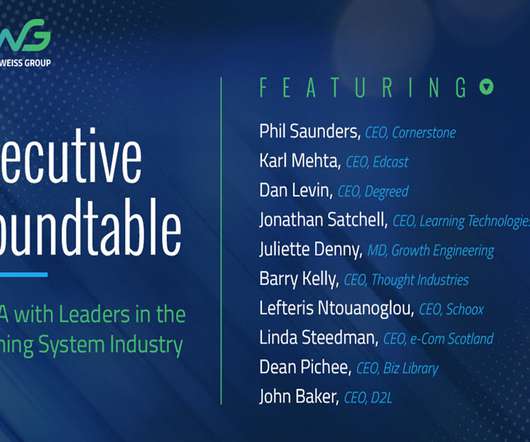















Let's personalize your content